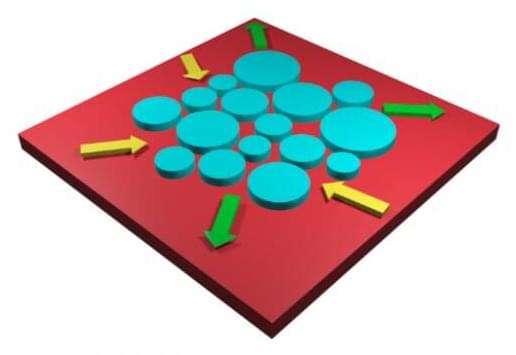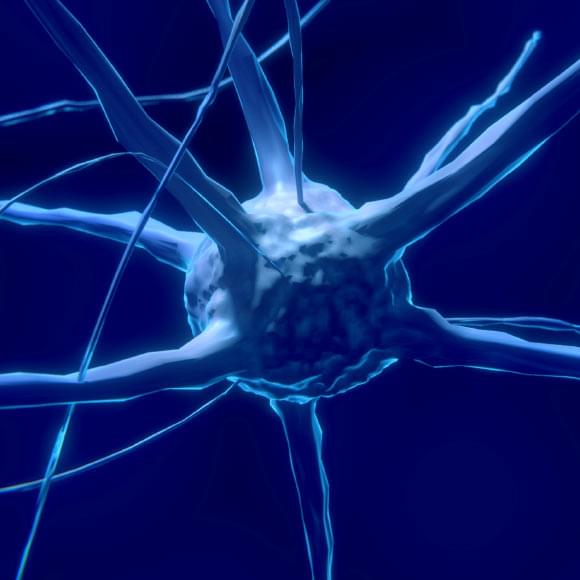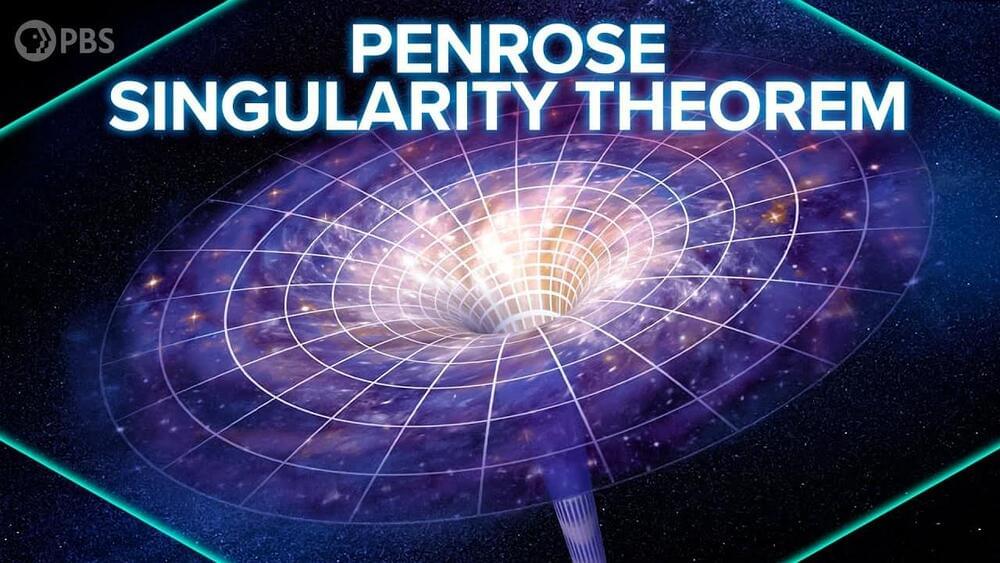The skin is one of the largest and most accessible organs in the human body, but penetrating its deep layers for medicinal and cosmetic treatments still eludes science.
Although there are some remedies—such as nicotine patches to stop smoking—administered through the skin, this method of treatment is rare since the particles that penetrate must be no larger than 100 nanometers. Creating effective tools using such tiny particles is a great challenge. Because the particles are so small and difficult to see, it is equally challenging to determine their exact location inside the body—information necessary to ensure that they reach intended target tissue. Today such information is obtained through invasive, often painful, biopsies.
A novel approach, developed by researchers at Bar-Ilan University in Israel, provides an innovative solution to overcoming both of these challenges. Combining techniques in nanotechnology and optics, they produced tiny (nanometric) diamond particles so small that they are capable of penetrating skin to deliver medicinal and cosmetic remedies. In addition, they created a safe, laser-based optical method that quantifies nanodiamond penetration into the various layers of the skin and determines their location and concentration within body tissue in a non-invasive manner—eliminating the need for a biopsy.









